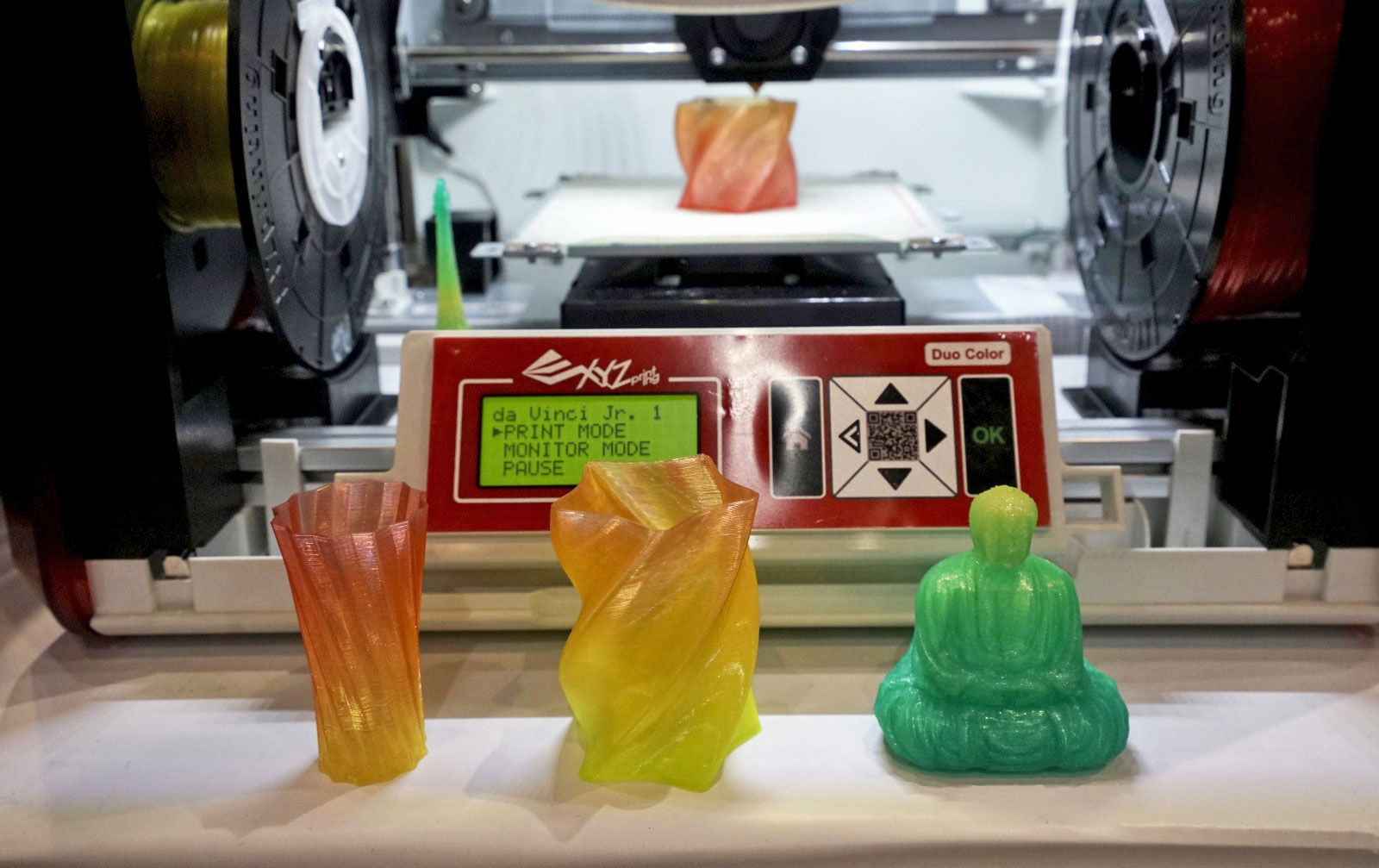When you 3D-print an object, that’s usually all she wrote — the polymers “die” and prevent you from either adding to your creation or altering its properties. However, things might not be set in stone (or rather, plastic) for not much longer. MIT researchers have developed a method that lets you modify polymers and mess with your original creation. The key is to create accordion-like ‘living’ polymers that stretch when you expose them to blue LEDs, giving you a chance to alter their properties. You could fuse objects together, soften them, or even alter their water resistance.
If you add the right monomer (a core aspect of plastic), you can also make an object swell or shrink by changing the temperature.
There’s a big catch to this current approach: you need an oxygen-free environment to trigger the reaction, which isn’t exactly practical for a home 3D printer. MIT will have to test other catalysts to see if they produce the same result with oxygen around. Should that happen, though, you won’t always to get everything right the first time. You could correct slip-ups, add new parts and otherwise improve your work without having to print another whole model.
(44)

